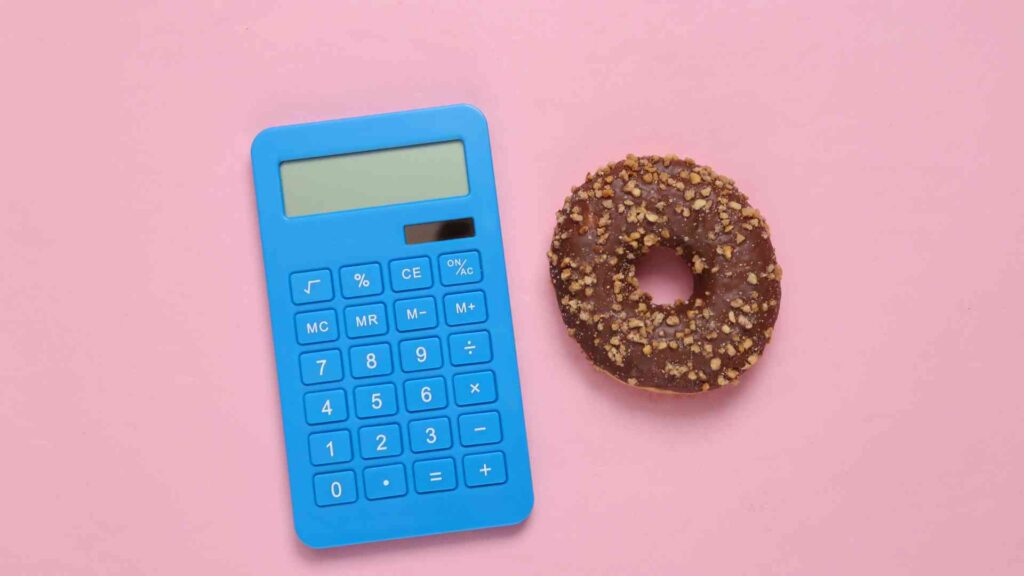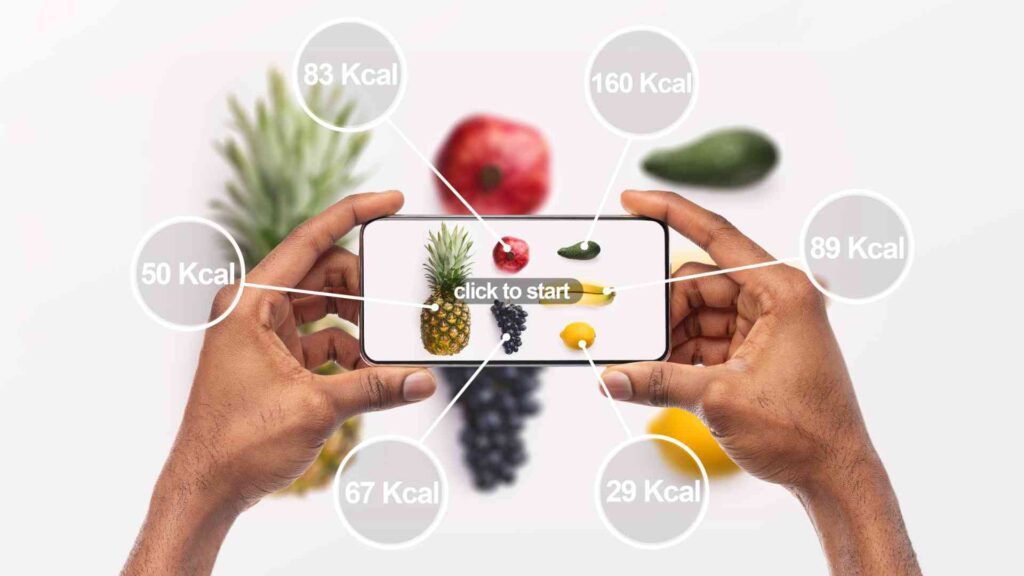Discover comprehensive information for all aspects of sexual health and find resources and guidance to empower your sexual well-being.
Erectile dysfunction (ED) is a common condition that affects millions of men worldwide, causing distress…
Discover comprehensive information for all aspects of sexual health and find resources and guidance to empower your sexual well-being.
Erectile dysfunction (ED) is a common condition that affects millions of men worldwide, causing distress…
Prostate health is a critical concern for men, especially as they age. The prostate gland…
Erectile dysfunction (ED) is a condition that many men face at some point in their…
The International Society for the Study of Women’s Sexual Health describes Hypoactive sexual desire disorder…
Achieving and maintaining a strong penile erection is a common concern for many men. It…
Erectile dysfunction (ED) is a common condition affecting men, often characterized by the inability to…
Prostate health is a critical concern for men, especially as they age. The prostate gland…
To shed pounds, consume fewer calories than you expend. While it may seem straightforward in theory, one approach to address this issue is by learning to easily count calories in food.
Table of Contents
ToggleCars use gasoline to generate the energy required for movement. Your body metabolizes food to generate energy, producing heat that keeps you warm and powers your every action and thought.
The heat produced by food metabolism is measured in a unit called the kilocalorie. It represents the energy needed to raise the temperature of 1 kilogram of water by 1 degree Celsius at sea level.
Your body utilizes the calories consumed from food and drink to perform essential functions like breathing and thinking, as well as everyday activities such as walking, talking, and eating.
Any surplus calories beyond what your body needs for these functions will be stored as fat. Consistently consuming more calories than you burn will lead to gradual weight gain over time.
Nutritionists often use the term “calorie” interchangeably with “kilocalorie.” Technically, a true calorie is only 1/1,000 of a kilocalorie, but for simplicity and ease of communication, the term “calorie” is commonly used and remembered when discussing the energy content of food.
Related: What Is Metabolism?

Despite common claims that calories don’t matter and counting them is a waste of time, scientific overfeeding studies consistently prove that calories play a crucial role in weight management.
When people intentionally consume more calories than they burn, they gain weight. Counting calories and controlling intake is effective in preventing weight gain or promoting weight loss.
Research indicates that weight loss programs incorporating calorie counting result in an average of around 7 lbs (3.3 kg) more weight loss compared to those that do not.
Related: How Many Calories Do I Need By Age?
When someone mentions that a serving of food, like a banana, has 105 calories, it means that metabolizing the banana produces 105 calories of energy that your body can use for various activities.
Different foods contain varying amounts of calories based on their nutritional components. For instance:
In simpler terms, proteins and carbohydrates offer fewer than half as many calories per ounce compared to fat. This is why high-fat foods, such as cream cheese, are considered calorie-dense, while low-fat foods like fruits and vegetables are not, ounce for ounce.
Note: Sometimes, foods that appear to be equally low in calories may not be when you consider all the factors. It’s essential to examine various aspects, including fat content, in addition to protein and carbohydrates. Take, for example, a chicken breast and a hamburger—both are high-protein foods and might be assumed to have the same calories per ounce. However, if you serve the chicken without its skin, it contains very little fat, while the hamburger can have a significant amount. Consequently, a 3-ounce serving of skinless chicken provides 140 calories, whereas a 3-ounce burger yields 230 to 245 calories, depending on the meat cut and its fat content.

Portion sizes have increased, and some restaurants serve meals that are double or triple what the average person needs in one sitting. “Portion distortion” refers to perceiving large servings as the norm, potentially leading to weight gain and hindering weight loss.
People often struggle to estimate their food intake accurately. Calorie counting can be a helpful tool in managing overeating by providing a clearer understanding of actual consumption. To measure portion sizes, you can use:
Scales
The most accurate method, though time-consuming.
Measuring cups
Quicker and easier than scales but can still be time-consuming.
Comparisons
Quick and easy, especially when away from home, but less accurate.
Common serving sizes compared to household items can help estimate portions:

Thanks to technological advancements, incorporating calorie counting into your routine has become remarkably convenient. Numerous apps and websites are now available, streamlining the process by offering simple and quick ways to log your food consumption.
Even if you track your food intake sporadically, research indicates that individuals who engage in calorie counting tend to experience greater weight loss and are more successful in maintaining their weight loss over time.
Some popular free calorie-counting apps and websites include My Fitness Pal, Lose It!, FatSecret, Cron-o-meter, and SparkPeople.
An online calorie counter can be accessed here.
While calorie counting isn’t an exact science, recording intake as accurately as possible is crucial, especially for high-fat and/or sugar items like pizza, ice cream, and oils. Under-recording these foods can significantly impact the difference between recorded and actual intake. Using scales initially can improve accuracy and help with estimations even after discontinuing their use.
All foods supply calories, and all calories offer energy. However, some foods are labeled as providing “empty calories.” This term doesn’t refer to the energy the calorie provides but rather describes food that delivers protein, fat, and carbohydrate calories without the additional nutrients such as dietary fiber, vitamins, and minerals that enhance the nutritional value of the foods you consume.
The most well-known empty-calorie foods include table sugar and ethanol (the alcohol in beer, wine, and spirits). While sugar and alcohol on their own contribute energy, they lack essential nutrients. It’s important to note that sugar and alcohol are often present in foods that offer additional nutrients. For instance, sugar is found in bread, and alcohol is present in beer. Despite being two distinct foods, both contribute calcium, phosphorus, iron, potassium, sodium, and B vitamins.
Here are five additional tips for effective calorie counting:
Related: How To Increase Metabolism For Weight Loss
Calorie counting is a fundamental approach to weight loss, requiring individuals to monitor and manage their daily calorie intake. Creating a caloric deficit—consuming fewer calories than the body expends leads to weight loss achieved over time. This method emphasizes the importance of understanding the energy content of foods and portion control. While calorie counting is not an exact science, it serves as an effective tool for individuals aiming to shed pounds by providing a clear framework for managing their dietary choices and promoting mindful eating habits.
References
Dr. Nishtha, a medical doctor holding both an MBBS and an MD in Biochemistry, possesses a profound passion for nutrition and wellness. Her personal journey, marked by significant struggles with physical and mental health, has endowed her with a unique empathy and insight into the challenges countless individuals face. Driven by her own experiences, she leverages her background to offer practical, evidence-backed guidance, empowering others on their paths to achieving holistic well-being. Dr. Nishtha truly believes in the interconnectedness of the mind and body. She emphasizes the significance of understanding this connection as a crucial stride toward attaining balance and happiness in life.

